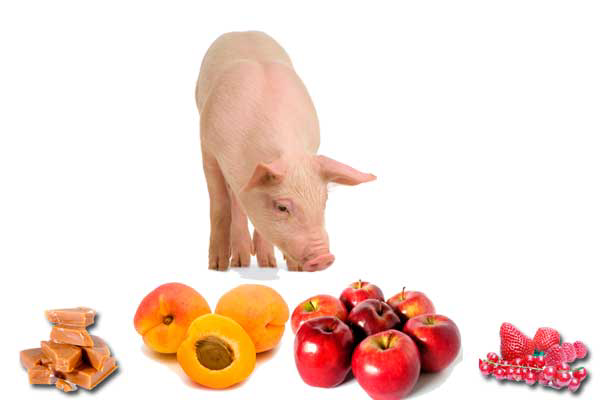Novel flavoured creep feeding for piglets

The Federal University of Agriculture in Nigeria and the Newcastle University in the UK tested a novel flavoured creep feed in two housing systems.
Creep feeding can benefit the growth and performance of piglets before and after weaning, especially if sow milk supply is reduced for any reason. However, creep feed intakes have been reported to be very low during lactation and ways of stimulating the exploratory behaviour and acceptance of creep feeds by piglets during lactation would be beneficial.
It has been reported that piglets reared in more extensive lactation environments have higher weaning weights and reduced post weaning growth check because of better feed intake. To test this further, a study was set up to investigate the effect of increasing creep feed variety through the use of different sequential flavours on intake, growth and health of piglets (pre and post weaning) in two housing systems with different degrees of complexity and freedom for the sow.
Thirty-six sows were randomly allocated to either a farrowing crate or a loose farrowing PigSAFE pen at five days before farrowing, while the litters were further allocated to either a standard or diverse flavour creep feeding regime on day ten of lactation.
It was shown that the housing system had no main or interactive effect on the feed intake and weight gain of piglets in the lactation and post-weaning periods. Feeding five different flavoured creeps (Toffee, Apricot, Butterscotch, Apple and Red fruit) in a daily sequential order increased the hourly frequency of visits to the creep feeder on day 18 of life and increased the piglets’ feed intake over days 15–22 of lactation and day 22 to weaning at 28d.
Butterscotch flavoured creep promoted a higher intake than red fruit creep, with other flavours intermediate. The prior experience of flavour diversity significantly increased weight gain in the first two weeks after weaning on a standardised feeding regime for both treatments. The researchers suggest that dietary novelty may be a method to stimulate early exploratory behaviour, feed intake and performance.
This study was published in Animal Feed Science and Technology (May 2014).











